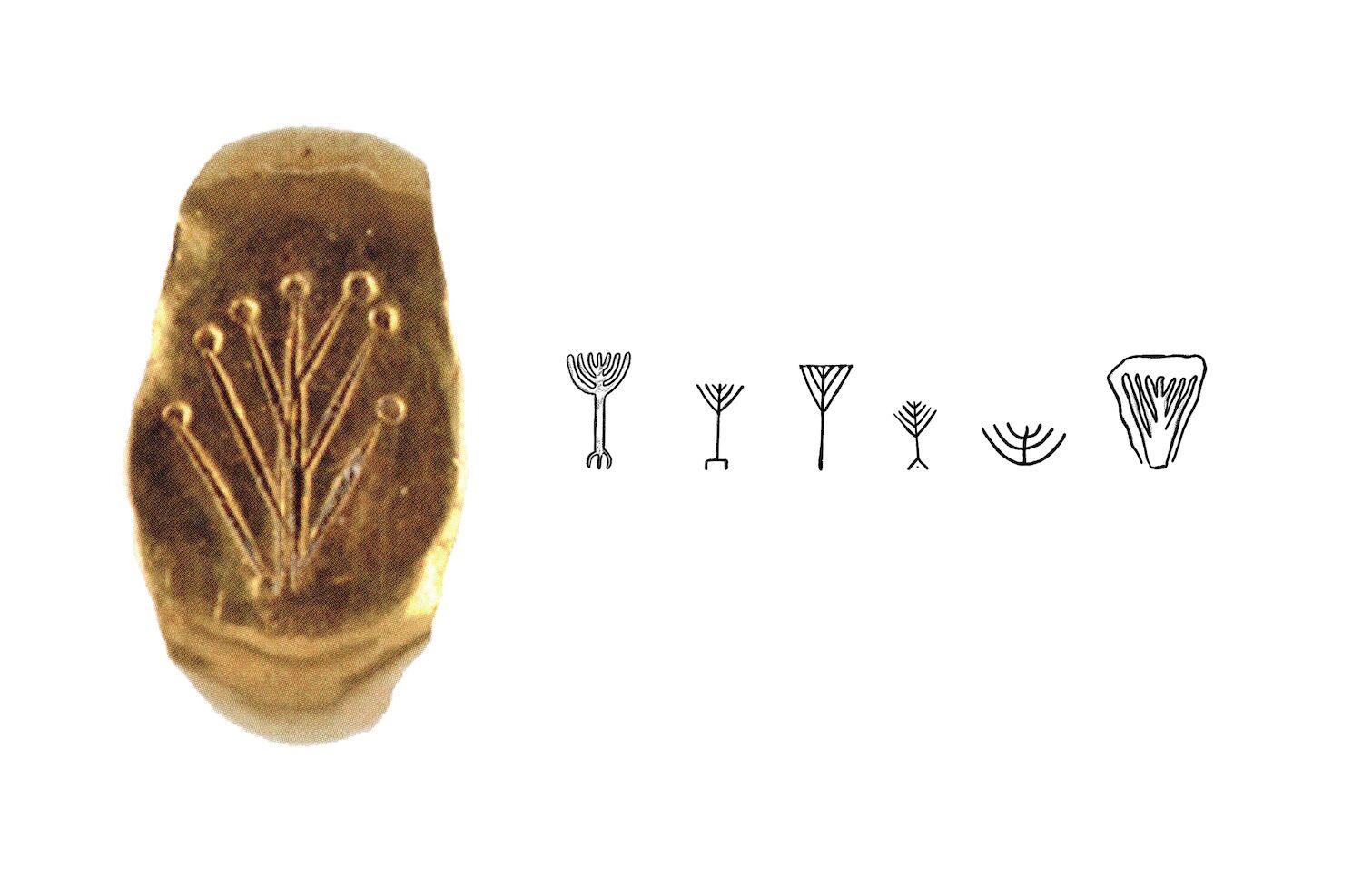Jerusalem, israel
Dr. Eilat Mazar’s recently released book Over the Crossroads of Time: Jerusalem’s Temple Mount Monumental Staircases documents the discovery of this special, 2,000-year-old piece of jewelry.
It was actually first uncovered 50 years ago in Prof. Benjamin Mazar’s Temple Mount excavations, but only now is it being reported.
The ring was discovered inside one vaulted chamber beneath Robinson’s Arch, at the southwestern corner of Jerusalem’s Temple Mount. Since it measures about 1 centimeter in diameter, Dr. Eilat Mazar believes the ring could only fit the finger of a newborn.
The ring bears a significant design: It is incised with what looks to be a plant with seven stems, likely an artistic representation of one of the temple’s most important furnishings, the menorah.
According to Mazar, the resemblance to the seven-stemmed lampstand is unmistakable. It is similar to several other depictions found at the third-century c.e. burial complex of Beth She’arim, excavated by Benjamin Mazar.
The seven-stemmed lampstand has been a symbol of the Jews, and of all Israel, for millennia. It has been used since the days of Moses, when God commanded the tribes of Israel to make an ornamented “candlestick of pure gold” with seven lamps to place inside His mobile sanctuary in the wilderness. This lampstand also appeared centuries later as one of the most important vessels in the magnificent temple of King Solomon.
After Solomon, the nation split into two kingdoms: the kingdom of Israel, conquered in the eighth century b.c.e., and the kingdom of Judah, conquered in the sixth century b.c.e. When the Babylonian army destroyed the kingdom and its capital, Jerusalem, it confiscated all the temple vessels to Babylon. Seventy years later, the Bible records that some of the people of Judah returned to Jerusalem with “the vessels of the house of the Lord,” perhaps including the menorah from Solomon’s temple.
Centuries later, the seven-lamp candlestick was still a distinct symbol of the Jews and their religion. This unique symbol began appearing on coins in the first century b.c.e. Numismatics expert Peretz Reuven says it was widely used by Jews in Israel and the Diaspora in the late Roman period and the Byzantine period, where it appeared in sculpture, fine metal work, paintings, engravings, impressions, mosaics, castings and medallions, as well as on architecture, ossuaries, sundials, oil lamps, bottles, bowls, gems and seals.
Josephus recorded that when Roman soldiers destroyed Jerusalem in c.e. 70, they captured the temple menorah and took it to Rome. This very scene is among those inscribed by Emperor Domitian on the Arch of Titus.
“Little to no doubt is left regarding the design appearing on the gold ring as representing the seven-branched menorah,” Dr. Mazar writes. “The abstract fashion of this design is even more significant, since the actual seven-branched menorah stood in the temple at a distance of only about 200 meters [away]” (op cit).

